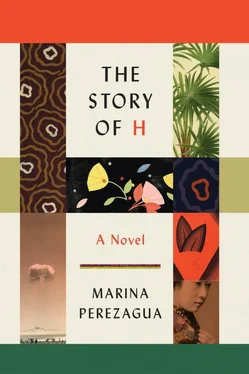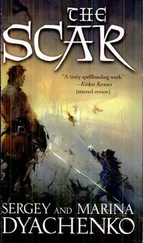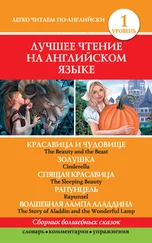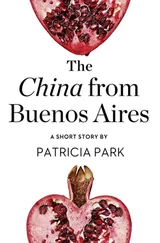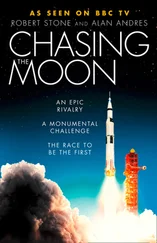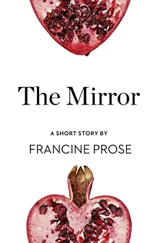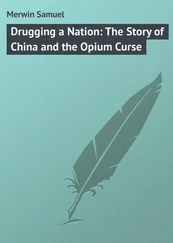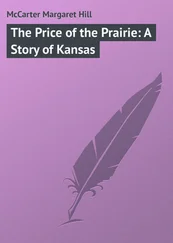So without complaint, without pain, without reproach, I ran away from the refugee camp with Yoro, who by that time had learned how to give me kisses and hugs and had called me grandma several times, and other times grandpa.
I would like to thank Ana Laura Santamaría and Alejandra Toro for giving so much love. To Gloria Noriega, who rescued turtles on a Florida beach and sent me the sounds of the sea while she was doing it. To her I also owe several of the images of beautiful blood that envelops a pregnancy. I am also grateful to María José Villegas Arévalo for always being there and, more important, for always being true. To Sandra Medina Lozano for our friendship since childhood and because she dares to tell me her fears, and her loves, deeply and in detail; she’s aware that it’s her compassion that protects her. To Isabelle Champaney, who survived getting bit by a snake and thereby gave me the opportunity to thank her for all her help during my French sojourn. To Ana Carmen Martínez, who spent many hours researching the marvelous passageways of someone who is neither a man nor a woman. To José María Cabeza Laínez, who, one night on a Chinese steppe, listened to a father whisper the name of his firstborn son and recounted it to me as if it were something sacred.
To Felipe R. Navarro and Ernesto Calabuig for helping me through the training process that allowed me to swim across the Gibraltar Strait, a crossing without which I would never have been able to write this novel, which I thought up as I was swimming and during the long months of aquatic discipline.
I also want to mention some of the books that I’ve referenced as I’ve written this novel, and highlight my gratitude to their authors.
The phrase “the Venus de Milo’s impossible embrace” is a verse by Rubén Darío taken from the poem titled “Yo persigo una forma,” which is included in Antología Poética (Edaf, Madrid, 1988).
“Not exposed, but behind a veil / are breasts desirable” is the translation of a line by Daniel Ingalls of the poem “Rhetoric” by Vallana from An Anthology of Sanskrit Court Poetry .
Whenever I mention Project Orion, I’m basing my information on an article published in Science on July 9, 1965 (volume 149, number 3680). Titled “Death of a Project,” it was written by Freeman J. Dyson.
I also cite excerpts throughout the novel or use data from Herculine Barbin llamada Alexina B. (Talasa, Madrid, 2007); Nagasaki: Las crónicas destruidas por MacArthur by George Weller (Crítica, Barcelona, 2007); and Hiroshima by John Hersey (Vintage, New York, 1989).
MARINA PEREZAGUAis a Spanish novelist and short-story writer known for her powerfully visual and mind-bending narratives. She has published two short-story collections and two novels in Spain, and her stories have been published in outlets including Electric Literature and Granta . She has a degree in art history and is currently completing her PhD at Stony Brook University. She practices free diving and has swum across the Strait of Gibraltar in less than four hours.
Discover great authors, exclusive offers, and more at hc.com.

http://ads.harpercollins.com/bpbobahc
This is a work of fiction. Names, characters, places, and incidents are products of the author’s imagination or are used fictitiously and are not to be construed as real. Any resemblance to actual events, locales, organizations, or persons, living or dead, is entirely coincidental.
THE STORY OF H. Copyright © 2018 by Marina Perezagua. Translation copyright © 2018 Valerie Miles. All rights reserved under International and Pan-American Copyright Conventions. By payment of the required fees, you have been granted the nonexclusive, nontransferable right to access and read the text of this e-book on-screen. No part of this text may be reproduced, transmitted, downloaded, decompiled, reverse-engineered, or stored in or introduced into any information storage and retrieval system, in any form or by any means, whether electronic or mechanical, now known or hereafter invented, without the express written permission of HarperCollins e-books.
Ecco® and HarperCollins® are trademarks of HarperCollins Publishers.
Originally published in 2015 by Los Libros del Lince, Spain, as Yoro .
FIRST EDITION
Cover design by Na Kim
Cover artwork: textile designs courtesy of Cooper Hewitt (museum purchase from Smithsonian Collections Acquisition and Decorative Arts Association Acquisition Funds); mushroom cloud courtesy of the International Center of Photography; geisha © The Graphics Fairy 2018
Digital Edition AUGUST 2018 ISBN: 978-0-06-266073-2
Version 07162018
Print ISBN: 978-0-06-266071-8
Australia
HarperCollins Publishers Australia Pty. Ltd.
Level 13, 201 Elizabeth Street
Sydney, NSW 2000, Australia
www.harpercollins.com.au
Canada
HarperCollins Publishers Ltd
Bay Adelaide Centre, East Tower
22 Adelaide Street West, 41st Floor
Toronto, Ontario, Canada
M5H 4E3
www.harpercollins.ca
India
HarperCollins India
A 75, Sector 57
Noida
Uttar Pradesh 201 301
www.harpercollins.co.in
New Zealand
HarperCollins Publishers New Zealand
Unit D1, 63 Apollo Drive
Rosedale 0632
Auckland, New Zealand
www.harpercollins.co.nz
United Kingdom
HarperCollins Publishers Ltd.
1 London Bridge Street
London SE1 9GF, UK
www.harpercollins.co.uk
United States
HarperCollins Publishers Inc.
195 Broadway
New York, NY 10007
www.harpercollins.com
